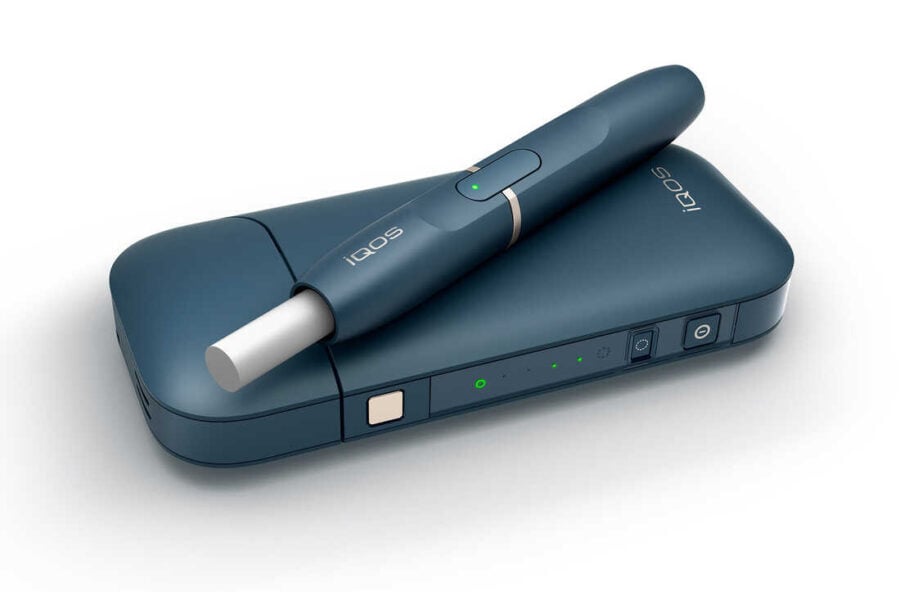A new study reveals how Philip Morris International (PMI) is using targeted media strategies to promote its heated tobacco product IQOS among minority groups in Israel. The research, published in Tobacco Control, exposes significant disparities in how IQOS is portrayed across different demographic media outlets, raising concerns about potential manipulation of public perception.
Unequal Media Representation: A Closer Look at IQOS Coverage
The study, led by researchers from the Hebrew University of Jerusalem and George Washington University, analyzed 63 unique media articles from January to October 2020. The team found striking differences in how IQOS was presented in Arab and Ultra-Orthodox Jewish media compared to mainstream Israeli outlets.
Key findings include:
- 100% of articles in Arab media and 75% in Ultra-Orthodox Jewish media portrayed IQOS positively, compared to just 52% in general public media.
- 81% of Arab media articles emphasized IQOS accessibility, versus only 17% and 13% in Ultra-Orthodox and general media, respectively.
- 88% of Arab media articles highlighted IQOS’s supposed social benefits, compared to 8% in Ultra-Orthodox and 17% in general media.
- All Arab media articles reflected content from PMI press releases, while only 35% of general media articles did so.
These disparities suggest a targeted approach by PMI to influence minority groups through media channels, potentially exploiting cultural differences and information gaps.
Circumventing Advertising Bans: The Role of “Earned” Media
Israel prohibits advertising for all tobacco products, including IQOS, except in print media. However, this study indicates that PMI may be using news articles as an alternative marketing channel to bypass these restrictions.
Prof. Hagai Levine, senior author of the study, explains: “The study underscores the critical need for rigorous media surveillance and regulatory measures, especially in media outlets targeting minority populations, to ensure fair and balanced reporting. The positive framing of IQOS in minority-targeted media highlights the potential influence of targeted marketing on public perceptions and tobacco product usage across diverse demographics.”
Why it matters: This research exposes how tobacco companies may be exploiting cultural and linguistic differences to promote potentially harmful products to vulnerable populations. By understanding these tactics, policymakers and health advocates can develop more effective strategies to protect public health and ensure equitable access to accurate information about tobacco products.
The study raises several important questions:
- How can regulators effectively monitor and control “earned” media coverage of tobacco products?
- What are the long-term health implications of targeted marketing to minority groups?
- How can health communication strategies be tailored to counteract misinformation in minority-targeted media?
Lead author Amal Khayat recommends: “We recommend enhanced media surveillance and regulation, particularly in minority-oriented media, to ensure accurate reporting on tobacco products. Understanding how different subpopulations, such as the Arab minority in Israel, perceive tobacco-related information can guide regulatory interventions to counteract potential misinformation and prevent disparities in tobacco-related behaviors.”
This research builds on previous studies examining tobacco industry marketing tactics, but it uniquely focuses on the use of news media as a promotional tool in a country with strict advertising regulations. The findings suggest that similar strategies may be employed in other countries with diverse populations and varying media landscapes.
Looking ahead, this study calls for a more comprehensive approach to tobacco control that considers cultural and linguistic diversity. Future research could explore the effectiveness of tailored health communication strategies in countering tobacco industry messaging in minority communities. Additionally, policymakers may need to reassess current advertising regulations to address the evolving tactics of tobacco companies in the digital age.
As the global community continues to grapple with tobacco-related health issues, this study serves as a reminder of the need for vigilance in monitoring and countering industry marketing efforts. By shining a light on these targeted strategies, researchers hope to empower communities and regulators to protect public health and reduce tobacco-related disparities across all population groups.
If our reporting has informed or inspired you, please consider making a donation. Every contribution, no matter the size, empowers us to continue delivering accurate, engaging, and trustworthy science and medical news. Independent journalism requires time, effort, and resources—your support ensures we can keep uncovering the stories that matter most to you.
Join us in making knowledge accessible and impactful. Thank you for standing with us!

